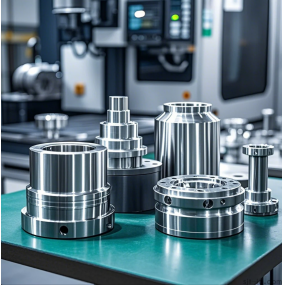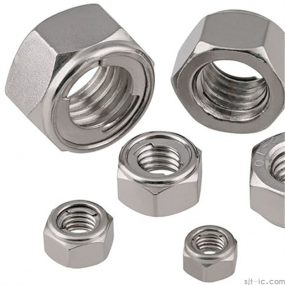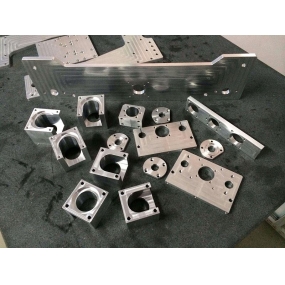Hardware stamping parts processing factories have experienced phenomena such as tearing and tilting of Metal Stamping parts. Is it due to process errors or poor material quality? Why do metal stamping parts exhibit such phenomena? How to correct and improve?
Based on the actual situation on site, after examining the tear location, fracture shape, and degree of compression damage of the parts, it is believed that the tearing and tilting behavior of the metal stamping parts is mainly reflected in the flanging forming process. The reasons for this phenomenon are as follows:  1. Inappropriate fulfillment of forming process parameters: In the forming process of the metal stamping parts, the process requires that the concave mold, pressing core, and the two parts must be tightly adhered together, and the plastic deformation of the sheet metal is compressed when the machine slide slides down to achieve forming. But now, due to the unstable quality of the pressed parts, it is clarified that the machine tool pressure is in an unbalanced state of pressure fluctuation during the production process. The main reason for this is that the processing technicians did not adjust the machine pressure in a timely manner according to the specified process requirements at this stage, or did not exchange information on the stability of machine pressure with each other during the handover of each shift, resulting in unstable quality of the parts;
1. Inappropriate fulfillment of forming process parameters: In the forming process of the metal stamping parts, the process requires that the concave mold, pressing core, and the two parts must be tightly adhered together, and the plastic deformation of the sheet metal is compressed when the machine slide slides down to achieve forming. But now, due to the unstable quality of the pressed parts, it is clarified that the machine tool pressure is in an unbalanced state of pressure fluctuation during the production process. The main reason for this is that the processing technicians did not adjust the machine pressure in a timely manner according to the specified process requirements at this stage, or did not exchange information on the stability of machine pressure with each other during the handover of each shift, resulting in unstable quality of the parts;
2. Disadvantages of flanging forming mold planning: the mold is common to the left/right parts of the first mock examination and two cavities. Because this process contains not only flanging, but also shape forming content. In addition, the parts are particularly complex, the bending surface is narrow, and the forming requirements are that the concave die pressing core is consistent with the forming surface, resulting in large forming stroke and small pressing area of the mold structural conditions. When planning the mold, the planners only considered the characteristic of a small pressing surface, but ignored the sliding stroke of the pressing core forming.
This article is from EMAR Mold Co., Ltd. For more EMAR related information, please click: www.sjt-ic.com,


 Spanish
Spanish Arabic
Arabic French
French Portuguese
Portuguese Belarusian
Belarusian Japanese
Japanese Russian
Russian Malay
Malay Icelandic
Icelandic Bulgarian
Bulgarian Azerbaijani
Azerbaijani Estonian
Estonian Irish
Irish Polish
Polish Persian
Persian Boolean
Boolean Danish
Danish German
German Filipino
Filipino Finnish
Finnish Korean
Korean Dutch
Dutch Galician
Galician Catalan
Catalan Czech
Czech Croatian
Croatian Latin
Latin Latvian
Latvian Romanian
Romanian Maltese
Maltese Macedonian
Macedonian Norwegian
Norwegian Swedish
Swedish Serbian
Serbian Slovak
Slovak Slovenian
Slovenian Swahili
Swahili Thai
Thai Turkish
Turkish Welsh
Welsh Urdu
Urdu Ukrainian
Ukrainian Greek
Greek Hungarian
Hungarian Italian
Italian Yiddish
Yiddish Indonesian
Indonesian Vietnamese
Vietnamese Haitian Creole
Haitian Creole Spanish Basque
Spanish Basque











